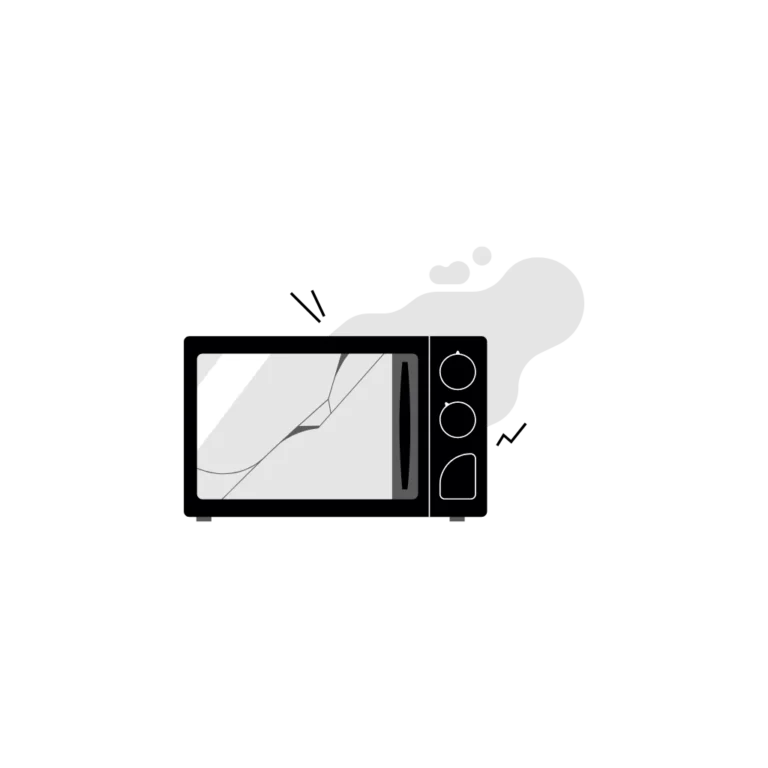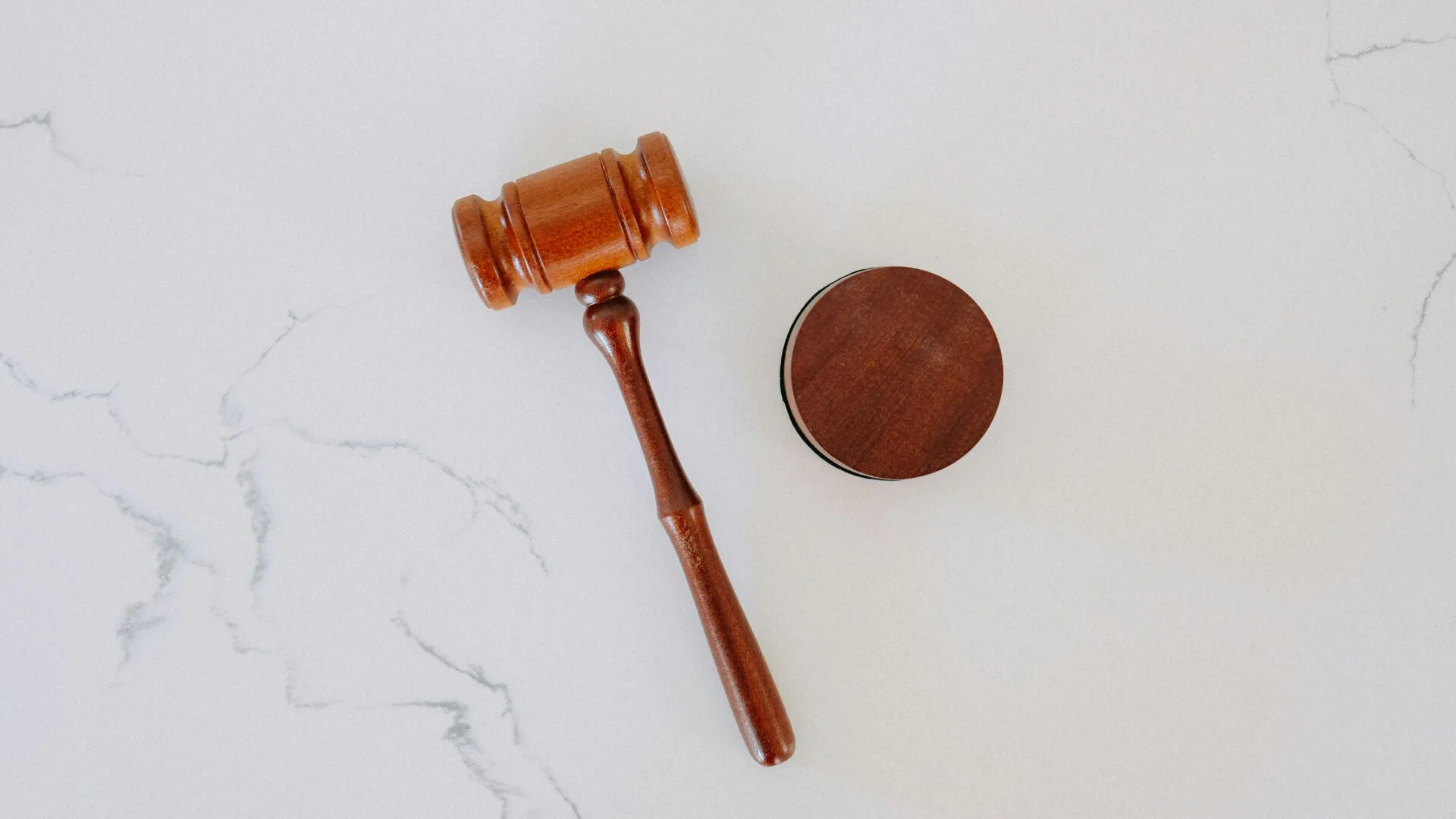
5 Examples of Tort Liability

Tort liability refers to legal responsibility that arises when someone’s wrongful actions cause harm or loss to another person. Whether it’s a car accident, defamation, or a product defect, understanding how tort liability works is crucial for protecting your rights.
At The Doyle Law Offices, with locations in Cary and Wake Forest, our skilled attorneys specialize in helping individuals and businesses navigate complex tort liability cases. With extensive experience in both communities, we’re committed to ensuring that our clients receive the representation they need when faced with legal challenges.
1. Personal Injury Tort Liability
Personal injury tort liability occurs when a person’s carelessness or intentional actions cause harm or injury to another individual. In these cases, the injured party may be entitled to compensation for medical expenses, lost wages, pain and suffering, and other damages. Understanding personal injury tort liability can help victims hold the responsible parties accountable.
Example 1: Car Accidents
One of the most common forms of personal injury tort liability arises from car accidents. In these cases, a driver’s carelessness—such as distracted driving, speeding, or failing to obey traffic laws—can lead to serious injuries. If you’ve been injured in a car accident, The Doyle Law Offices can help you understand your legal options and pursue compensation for your losses.
Example 2: Slip and Fall Incidents
Another common example of personal injury tort liability is slip and fall accidents. These typically occur when a property owner fails to maintain safe conditions on their premises, resulting in someone being injured. Whether it’s a wet floor in a store or broken steps in an apartment complex, the injured party may have a right to pursue legal action against the property owner for their carelessness.
Example 3: Dog Bites and Animal Attacks
Dog bites and other animal attacks can also fall under personal injury tort liability. In many cases, pet owners are held responsible when their animal causes harm to someone else, especially if the pet had a history of aggressive behavior. Victims of dog bites may be entitled to compensation for medical bills, emotional trauma, and any lasting physical effects.
Defamation
Defamation occurs when someone makes false statements that harm another person's reputation. There are two main types of defamation: libel and slander. Libel refers to defamatory statements made in writing, while slander involves spoken falsehoods. Defamation cases can be challenging to prove, but if successful, the harmed party may be entitled to compensation for the damage done to their personal or professional reputation.

Example 1: False Accusations in a News Article (Libel)
Libel, or written defamation, commonly occurs in published media such as newspapers, online articles, or social media posts. For example, if a news outlet publishes a false story accusing someone of a crime they didn’t commit, it can seriously damage that person’s reputation. If the statement was false and caused harm, the victim may be able to file a tort liability libel lawsuit to recover damages.

Example 2: Slanderous Statements in Public (Slander)
Slander involves false spoken statements. This could occur if someone spreads harmful rumors in a public setting or during a professional meeting, falsely accusing another person of unethical behavior. Unlike libel, slander is more challenging to prove because spoken words often don’t leave a lasting record. However, if the statements lead to tangible harm, such as losing a job or clients, the defamed party may have a valid claim.

Example 3: Defamatory Comments on Social Media
With the rise of social media, defamation cases involving online platforms have become more common. False and damaging posts made about an individual or business on platforms like Facebook or Twitter can qualify as libel. If these statements cause harm to someone’s personal or professional reputation, the victim may pursue legal action. Social media defamation cases often involve questions about free speech and accountability, making them particularly complex.
4. Product Liability
Product liability arises when a defective or dangerous product causes harm to a consumer. Manufacturers, distributors, and retailers can be held responsible for damages if a product is found to be defective in its design, manufacturing, or marketing. Product liability claims aim to ensure that companies are accountable for the safety of the items they produce and sell.

Example 1: Defective Design
A product with an inherently flawed design can pose risks even when used as intended. For example, if a line of power tools is designed without proper safety guards, users may suffer serious injuries. In such cases, the manufacturer may be held liable for any harm caused by the defective design. Consumers who are injured by a product’s poor design can seek compensation for their injuries through a tort liability claim.

Example 2: Manufacturing Defects
Manufacturing defects occur when a product is improperly assembled or produced, leading to potential harm. For instance, if a batch of cars is manufactured with faulty brake systems, accidents may result from brake failure. Even though the product’s design may be sound, errors in the manufacturing process can make it dangerous. Victims of accidents caused by manufacturing defects can file a product liability claim to recover damages.

Example 3: Inadequate Warnings or Instructions
Some products are inherently dangerous but can be used safely if appropriate warnings or instructions are provided. If a company fails to warn consumers about potential hazards or provide clear instructions for use, they may be liable for resulting injuries. For example, if a pharmaceutical company does not properly list potential side effects of a medication, and a patient suffers harm, the company could be held responsible for not adequately informing the user.
5. Property Damage
Property damage liability occurs when someone’s carelessness or intentional actions cause harm to another person’s property. Whether it’s damage to a home, vehicle, or other personal belongings, victims may be entitled to compensation to cover repair or replacement costs. Property damage claims hold individuals or businesses accountable for the harm caused by their actions or negligence.
Example 1: Vehicle Damage from an Accident
One of the most common types of property damage claims arises from car accidents. If a careless driver causes a collision, they are responsible for the cost of repairing or replacing the damaged vehicle. In some cases, the victim may also be entitled to compensation for any personal items damaged in the crash, such as electronics or valuables left in the car.
Example 2: Damage to a Home Due to Construction Negligence
Another example of property damage liability involves construction negligence. If a general contractor or construction crew damages your home while performing repairs or renovations, you may have grounds for a property damage claim. For instance, if improper equipment use leads to structural damage, the responsible party may be held liable for the cost of repairs.
Example 3: Vandalism and Intentional Property Destruction
Property damage doesn’t always occur through carelessness–it can also result from intentional actions, such as vandalism. If someone intentionally destroys or damages your property—whether it’s spray-painting your home or breaking windows—you can file a property damage claim to recover the costs of repair or replacement. In some cases, criminal charges may also be pursued alongside the civil claim.

